Author of the thesis: Taryn Maunumäki (2023)
The primary objective of this product-type thesis was to craft a cultural food tourism route in the Oulu area tailored for international travelers.
The main objective was supported by three sub-objectives: first, identifying destinations capable of inspiring customers with the rich food culture of Oulu; second, establishing an easily navigable ”pick and go” food route for international travelers to explore the Oulu region; and third, discovering destinations that invite customers into their world through compelling storytelling of local products.
The commissioner for this thesis was the Hungry for Finland, a project through Haaga-Helia University of Applied Sciences and VisitFinland, aimed at encouraging Finnish cities to showcase their culture and food to a global audience. The objective of this thesis was to demonstrate that these smaller cities throughout have captivating histories to share, aligning with one of the main goals of Hungry for Finland.
The core purpose of this thesis was to serve as an illustrative example of a food tourism route that could be further utilized and multiplied.
International Travelers Look for Authenticity, Educational Opportunities and Locality
To build the theoretical framework, the author began by researching food tourism and culture in Oulu. International travelers, spanning diverse demographics, seek cultural and learning experiences. The interests of these international travelers, range from authentic interactions, local traditions, and educational opportunities to gain insights into different cultures, histories, and knowledge. Food tourism, encompassing not only food and beverages but also activities intertwined with local culture, emerged as a focal point.
Key components from the theoretical portion were identified by the author, who created a criteria form in September 2023. By using non-participant observations using digital media to conduct extensive data research, the author was able to collect a sizable amount of data, which made it possible to analyze the results using an effective content analysis technique. Based on these preliminary findings by November 2023, the author created an engaging list of places that capture the real spirit of Oulu’s culture, specifically for travelers from abroad.
The Result: A Diverse Food Tourism Route
Canva, an online design developer, was utilized to create the trifold brochure for the route. The result includes a brief summary, links to all the locations, and the related images. The brochure is divided into six sections that correspond to different parts of Oulu. These include places to dine and visits to museums; they also recommend beaches, hiking trails, and accommodation. With the addition of several suggested destinations the users of the trail will feel like they are a part of Oulu.
In the thesis’s conclusion, development ideas are put forth for Oulu’s food tourism. Notable suggestions include broader use of the English language on smaller providers’ websites and in research efforts, aiming to attract more people to discover the diverse and interesting places available. Additionally, recommendations are made for enhancing the route’s detail and expanding collaborations with new destinations in the Oulu area and surrounding regions.
